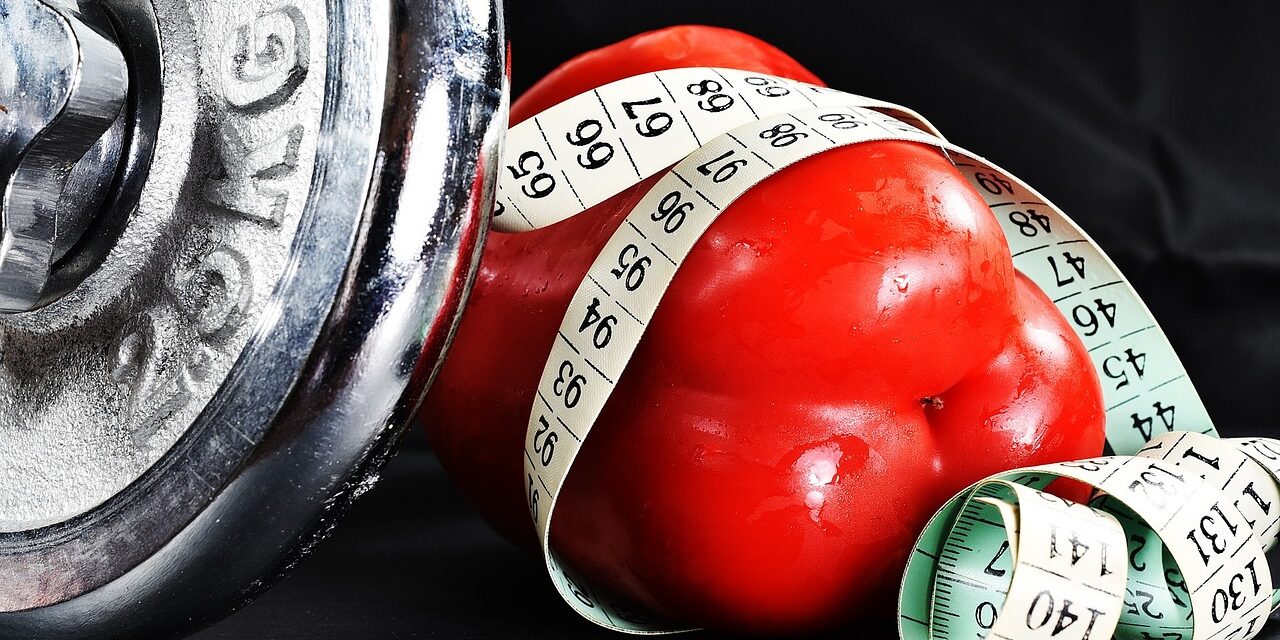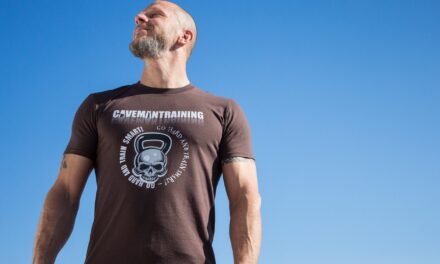Embarking on a fitness journey after the age of 50 can seem daunting. However, it’s a pivotal time to prioritize your health and well-being. With the right approach, getting fit after 50 can not only be achievable but also enjoyable and highly beneficial. This guide is dedicated to those who believe that age is just a number and are ready to embrace a healthier lifestyle.
The Importance of Fitness After 50
As we cross the half-century mark, our bodies undergo significant changes. Metabolism slows down, muscle mass decreases, and the risk of chronic diseases increases. However, this is not a signal to slow down; rather, it’s a call to adapt and focus on fitness more conscientiously.
Regular exercise after 50 can have remarkable benefits. It helps in maintaining a healthy weight, reducing the risk of chronic diseases like diabetes and heart disease, improving mental health, and enhancing overall quality of life. It’s not just about adding years to your life but adding life to your years.
Starting a fitness regime at this stage can be challenging, yet with the right mindset and knowledge, it’s entirely possible to achieve your fitness goals. Let’s dive deeper into how you can effectively get fit after 50.
“Fitness at any age is about understanding your body’s needs and responding to them with a balanced, thoughtful approach.”
Fitness Strategies for the Over-50s
Adapting your fitness routine in your 50s requires a blend of cardiovascular, strength, flexibility, and balance exercises. Here are some key considerations:
1. Embrace Cardiovascular Health
Cardiovascular exercises, such as walking, swimming, and cycling, are essential for heart health. They help in improving endurance and stamina, essential for daily activities. Aim for at least 150 minutes of moderate aerobic activity or 75 minutes of vigorous activity a week.
2. Strength Training: A Must
After 50, you lose about 1-2% of muscle mass per year. Incorporating strength training into your routine is crucial. It not only builds muscle mass but also strengthens bones, boosts metabolism, and improves joint flexibility. Begin with lighter weights, focusing on major muscle groups, and gradually increase the intensity.
3. Don’t Skip Flexibility and Balance
Flexibility and balance exercises become more important as you age. Practices like yoga and Tai Chi not only improve flexibility but also enhance balance, preventing falls and injuries. They also provide the added benefit of mental relaxation and stress reduction.
4. Listen to Your Body
While it’s important to challenge yourself, it’s equally crucial to listen to your body’s signals. If something hurts, give it time to heal. Modify exercises to suit your comfort level and gradually increase the intensity.
5. Regular Health Check-Ups
Regular check-ups are vital to ensure that you are on the right track. Consulting with healthcare professionals can provide insights into how different exercises may affect any existing health conditions.
6. Nutrition: The Other Half of the Equation
Alongside exercise, nutrition plays a vital role in getting fit after 50. A balanced diet rich in fruits, vegetables, lean proteins, and whole grains will fuel your body for workouts and aid in recovery and muscle building.
“A holistic approach to fitness after 50 encompasses not just physical exercise but also mindful nutrition and mental well-being.”
Personalizing Your Fitness Plan
Every individual is unique, and so are their fitness needs. Here are some steps to create a personalized fitness plan:
1. Define Your Fitness Goals
Are you aiming to lose weight, build strength, improve flexibility, or enhance overall health? Setting clear, achievable goals will give your fitness journey direction.
2. Start Slow and Build Up
If you’re new to exercising or getting back after a break, start slow. Gradually increase the intensity and duration of your workouts to avoid injuries.
3. Mix It Up
Variety is key to a successful fitness routine. Mix different types of exercises to keep your routine interesting and effective.
4. Consistency is Key
Regular exercise is more beneficial than sporadic, intense workouts. Find a routine you can stick to consistently.
5. Consider Working with a Professional
A personal trainer or a physical
therapist can help tailor a fitness plan to your specific needs, especially if you have any health concerns or injuries.
“Getting fit after 50 is not about being the best; it’s about being better than you were yesterday.”
Summary and Takeaways
Getting fit after 50 is a rewarding journey that requires a tailored approach, considering your unique physical and health conditions. Embrace a mix of cardiovascular, strength, flexibility, and balance exercises. Pay attention to nutrition and listen to your body’s needs. Remember, it’s never too late to start your fitness journey.
Takeaways:
- Start with achievable goals and gradually increase intensity.
- Incorporate a mix of different exercises for a well-rounded fitness routine.
- Regular health check-ups and professional guidance can significantly benefit your fitness journey.
- Nutrition and mental well-being are integral parts of getting fit after 50.
- Consistency and perseverance are your best allies in achieving fitness goals at this stage of life.
Embarking on a fitness journey after 50 can be a transformative experience, leading to improved health, vitality, and a better quality of life. Embrace the journey with patience, dedication, and a positive mindset.






